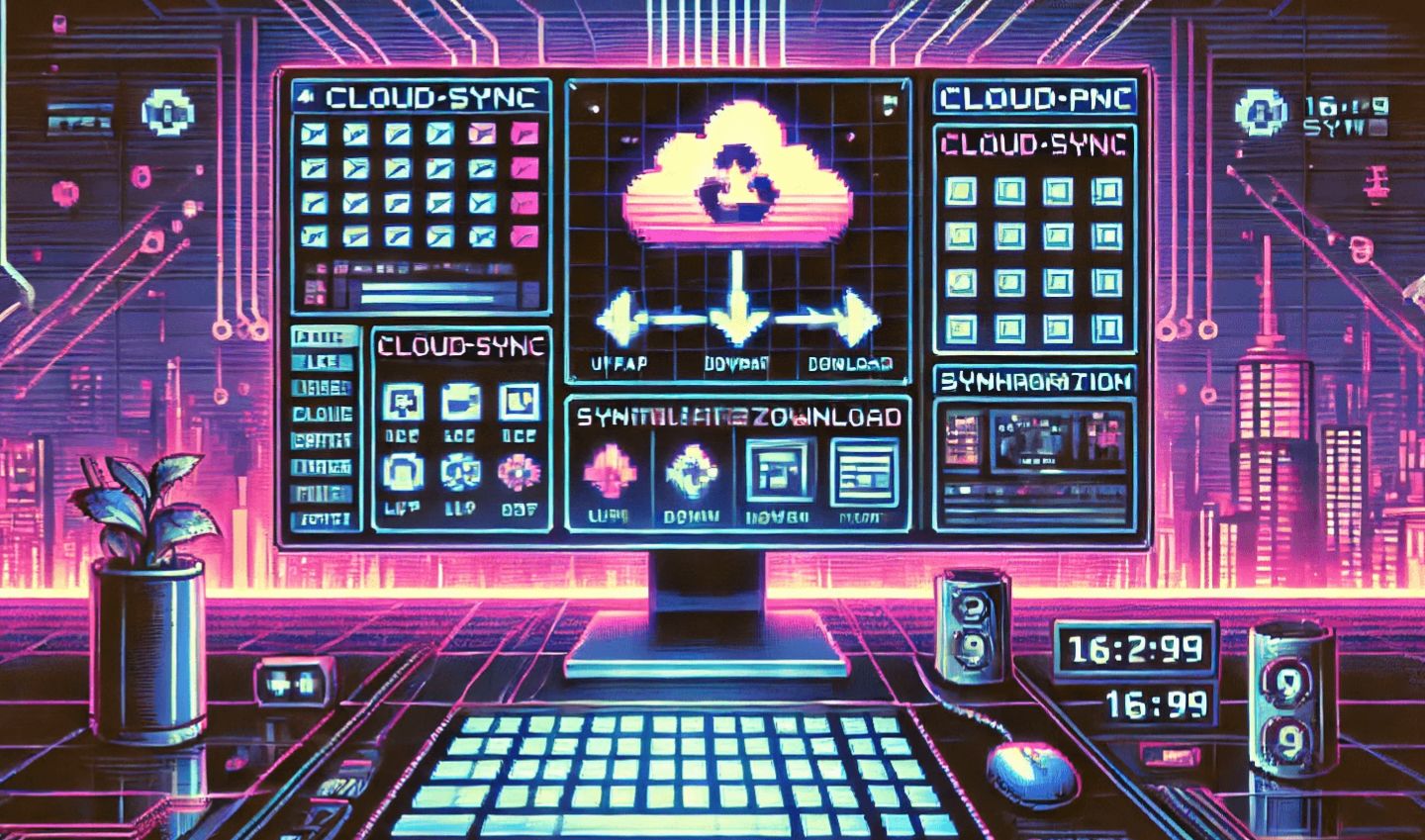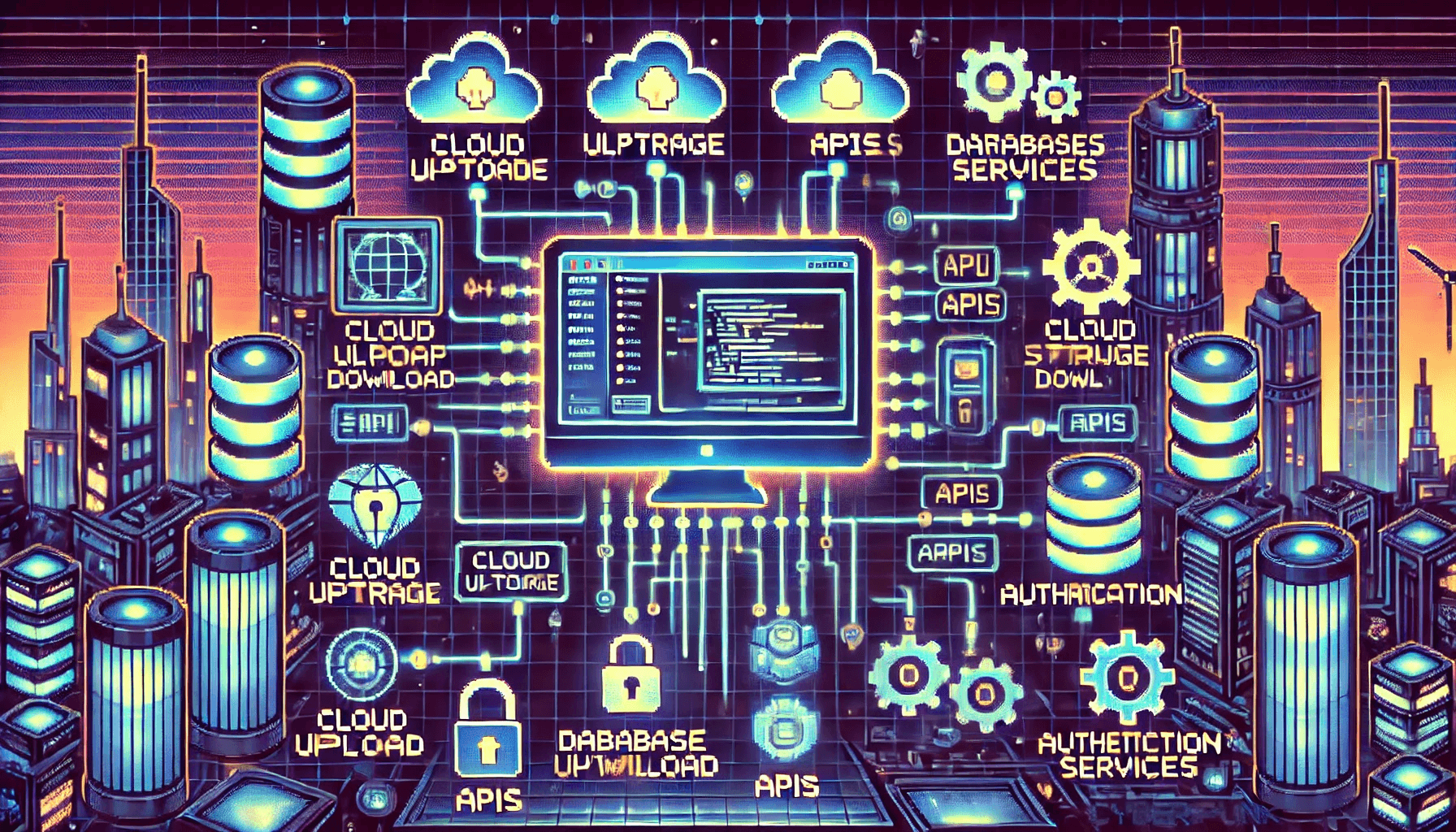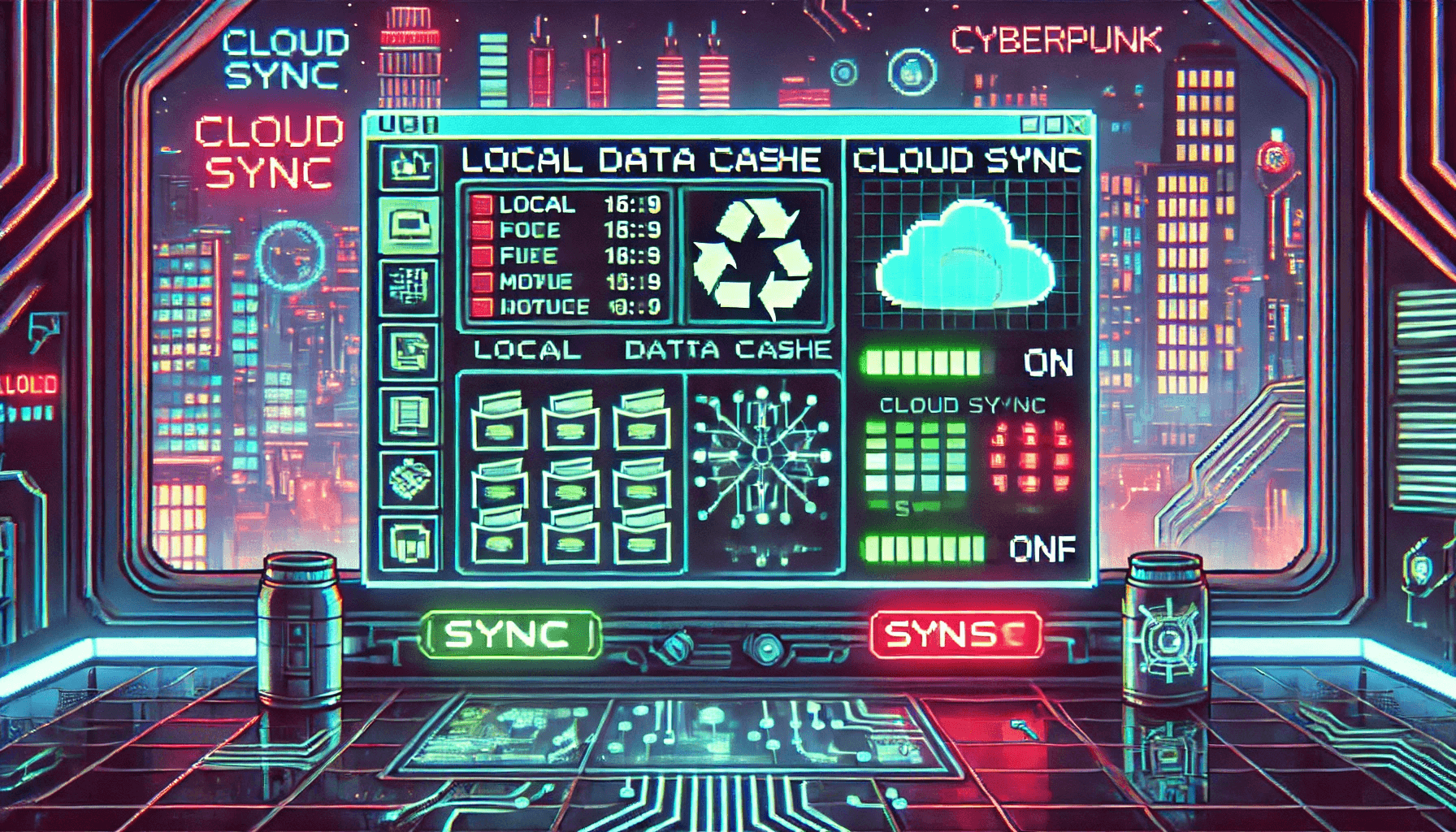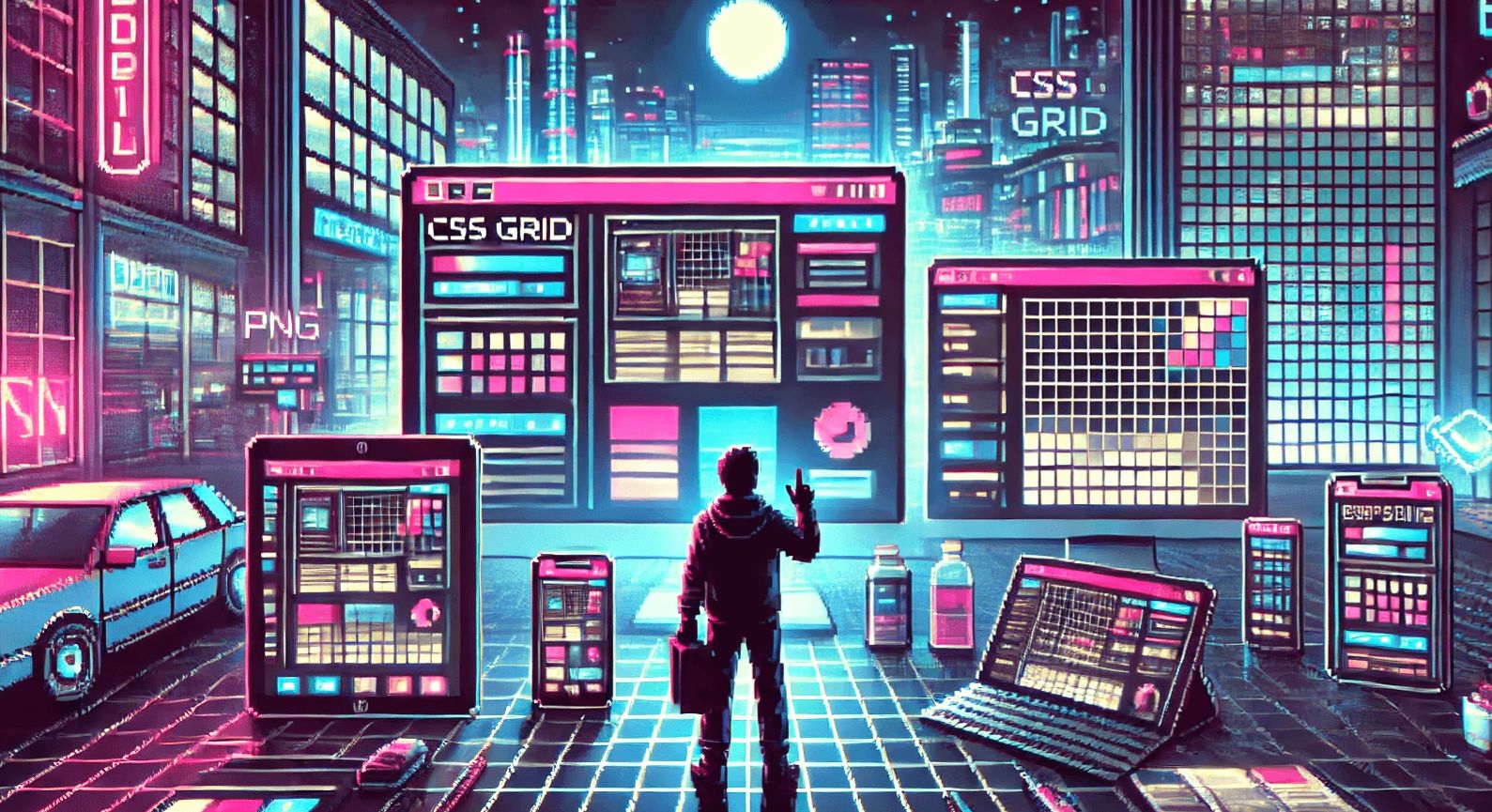Cloud-Native Desktop Development
Cloud-native principles are now shaping desktop software

@chromecipher1
4 months ago
1
Cloud-Native Desktop Development
In 2025, cloud-native architecture isn't just for web apps or backend systems — it's transforming desktop development too. Desktop software that syncs seamlessly, integrates with APIs, and behaves like a SaaS product is no longer the exception.
If you’re building desktop apps today, cloud-native thinking is the key to scalability, collaboration, and modern UX.
☁️ 1. What Is a Cloud-Native Desktop App?
A cloud-native desktop app is built to operate as part of a connected, distributed system — even though it runs locally. It’s not tied to a machine; it’s built to leverage:
- Remote storage and databases
- Real-time APIs
- Authentication and access control layers
- Cloud-powered automation and analytics
In short: it's a desktop app that feels like a native experience, but acts like a cloud-powered SaaS tool.

⚙️ 2. Benefits of Cloud-Native Desktop Design
🔑 Key Advantages:
- Real-time collaboration: Just like Google Docs or Notion, but native
- Cross-device sync: Users can pick up where they left off
- Cloud-based auth & RBAC: Seamless user and permission management
- Simplified deployment: Ship updates via cloud-controlled channels
- Hybrid storage: Cache locally, sync globally
🔧 3. Tech Stacks for Cloud-Native Desktop Apps
You don't have to reinvent the wheel — these stacks make it easier to build a cloud-connected app with modern tooling.
🧰 Example Stacks:
🟢 Electron + Firebase
- Sync via Firestore
- Auth with Firebase Auth
- Use Functions for cloud logic
// Firestore integration in Electron (Node)
const { initializeApp } = require("firebase/app");
const { getFirestore, doc, setDoc } = require("firebase/firestore");
const app = initializeApp(firebaseConfig);
const db = getFirestore(app);
await setDoc(doc(db, "users", "uid123"), {
name: "Alice",
status: "active"
});🟣 Tauri + Supabase (Rust + JS)
- Lightweight native performance
- Postgres backend, real-time via Supabase
- Easy OAuth + RLS security
🔵 .NET MAUI + Azure
- Azure App Services or Cosmos DB
- Microsoft Entra ID (formerly Azure AD)
- MAUI Blazor for hybrid UI
🧩 4. Design Patterns: Sync, Cache, and Modular APIs
Designing a cloud-native desktop app means thinking in patterns:
🔁 Sync-First
- Real-time updates via WebSockets or streaming APIs
- Conflict resolution for collaborative editing
📴 Offline-First
- Local persistence layer (SQLite, IndexedDB, file system)
- Queue updates to sync when network returns
// Offline queuing logic (simplified)
let queue = [];
function saveLocallyAndSync(data) {
queue.push(data);
localStorage.setItem("offlineQueue", JSON.stringify(queue));
if (navigator.onLine) {
queue.forEach(item => {
sendToCloud(item);
});
queue = [];
}
}
⚠️ 5. Challenges to Consider
Building cloud-native means balancing UX and system complexity.
🧱 Common Challenges:
- Latency: Especially on slow or unstable networks
- Data conflict resolution: Merge strategies for collaborative edits
- Security: Auth tokens, session storage, offline access control
- Dependency on external APIs: Downtime risk, rate limits
Use patterns like retries, progressive enhancement, and encrypted caching to mitigate.
📚 Sources & Further Reading
📅 Last Updated: June 2025
More from @chromecipher1

AI and Automation in Desktop Apps
AI is transforming desktop software — from intelligent UI behavior to background automation
@chromecipher1
4 months ago

